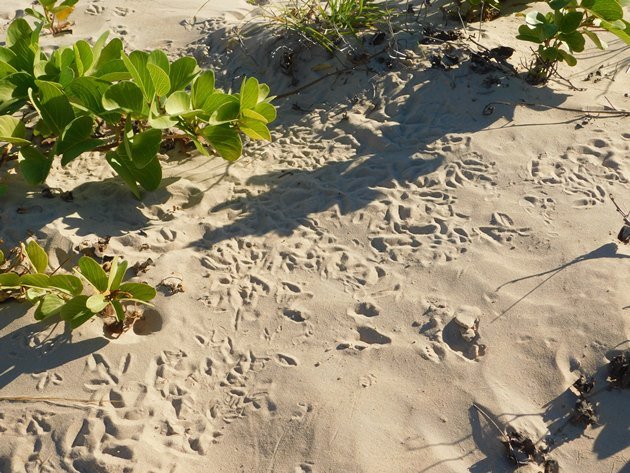
Since last week another Pied Oystercatcher nest on Cable Beach has produced two chicks. The header photo above shows where the family rested shortly after the two chicks left the nest on Tuesday. We had been patiently awaiting the arrival of the two chicks since the eggs were laid a month ago. I showed you this nest here at the bottom of the post. The Pied Oystercatcher pairs are approximately five kilometres apart on this section of Cable Beach.
On Monday we visited the nest site and the sitting Pied Oystercatcher moved off the nest to distract us. Pied Oystercatchers will always try and lead you away from their nest sites and their chicks. I took a few photos of the chick that had hatched out and the remaining egg. The egg had a clear hole in the upper right where the egg tooth was breaking through the shell. We are always amazed at the size of the chick when it hatches out. The size of the feet alone is quite incredible! We then moved back and watched the Pied Oystercatcher immediately return to the nest to incubate the final egg. The chick was quite vocal despite its size. The adult Pied Oystercatcher was away from the nest for less than one minute.
Chick and egg at the nest site
Close up of chick and egg due to hatch
Incubating the egg and keeping the chick safe
The following day we returned to see if the family of Pied Oystercatchers had moved away from the nest site yet. They do move as soon as the second chick is capable of walking. It is generally within a day of hatching. The family had not moved far and the footprints were clearly visible in the soft sand.
The family of Pied Oystercatcher tracks
We could see the two chicks with the female Pied Oystercatcher on a rocky outcrop near the nest site. The male Pied Oystercatcher was close by keeping guard. One of the chicks was to the left of the adult on top of the rocky outcrop and the other was a bit further below on the left. In case you can’t easily see the location of the second chick I have underlined it for you! Camouflage works well in this environment.
Pied Oystercatcher and two chicks-one underlined
On Wednesday when we returned to the area the family of Pied Oystercatchers had moved further from the nest site and were starting to head south. They always move to Gantheaume Point and they are able to hide a chick very well there. Both of the chicks were keeping close to the adult Pied Oystercatchers, but one appeared to be resting more. This was no doubt the second chick to hatch. In the second photo below you will notice one is “kneeling”. We had noticed a Brown Falcon in the area as we got to the beach too. Whilst we sat and observed the family the female Pied Oystercatcher suddenly flew straight up calling in a panic. The Brown Falcon was chased away into the distance. We were of course concerned, but also knew there was nothing we could do once we left the area.
Pied Oystercatchers and two chicks
Returning to the area on Thursday we soon discovered the family of Pied Oystercatchers had continued to move south. The devastating news was that there was now only one chick. This had also happened the week before with the pair of Pied Oystercatchers further north. It is always sad to lose chicks and this week was no different. The family were moving through the vegetation together and constantly keeping an eye out for predators. They were not always really close together either as you can see just below.
One chick between its parents
Moving through the rocky outcrops
Right feet up!
We also noted from their footprints that they had all been down to the ocean together at the last high tide. Following their footprints is easy if it hasn’t been too windy. Pied Oystercatchers much prefer to walk than fly.
Adult and Pied Oystercatcher chick footprints
Whilst we had been visiting the nest area of this pair of Pied Oystercatchers we had noticed the absence of the other pair further up the beach. They had been the first pair of Pied Oystercatchers to lay eggs this year. They had been beside the ocean on each visit since they lost their chick. Pied Oystercatchers will always lay a second or even third clutch if the first fails. We had expected that they would soon nest again. We know they usually choose a second nest site on the second attempt each year. As we approached that nest site on Friday we saw the pair of Pied Oystercatchers walk away. We moved in quickly to see if they had laid any eggs or were still “house-keeping”. We were delighted to see one egg has been laid already and we expect a second egg to follow. Once again it is a nest site with a view and one that they have used for many years.
First egg laid-middle bottom area of the photo!
Sitting on the first new egg
So, although it was not good news at all for the new family of Pied Oystercatchers we do have more eggs being laid and incubated along our coastline. Every year is a challenge for our resident Pied Oystercatchers and this year is no different.


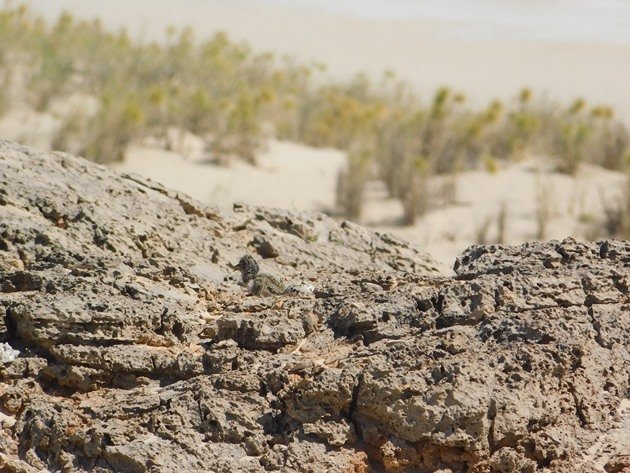
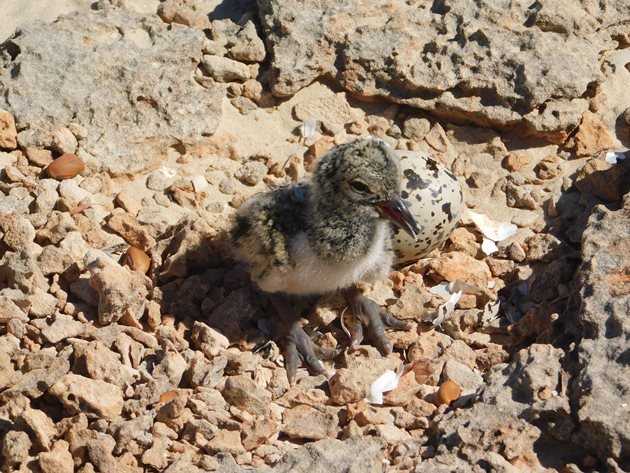
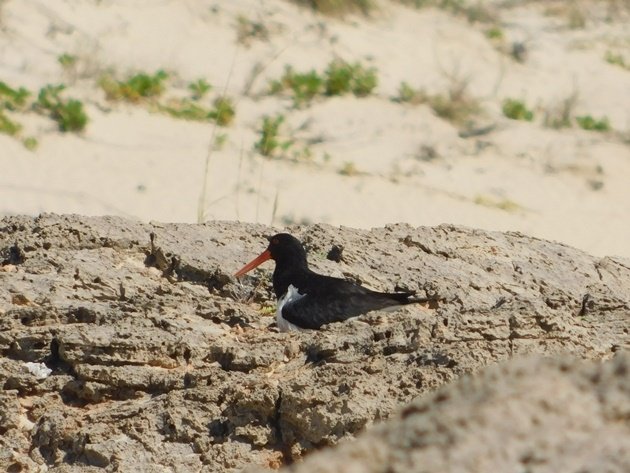
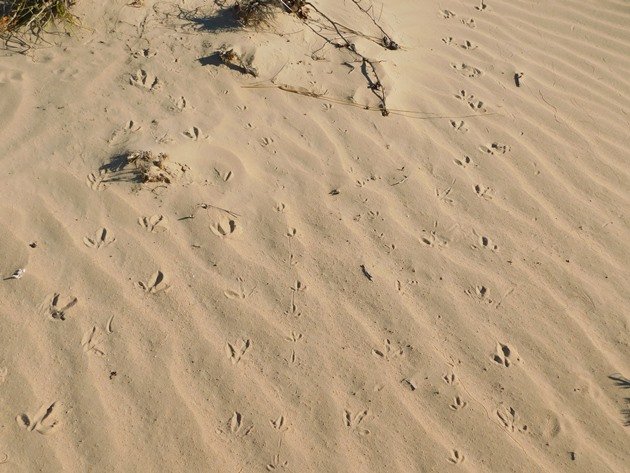
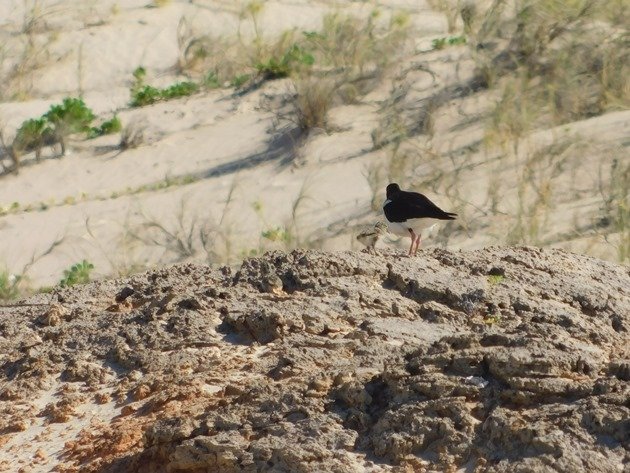
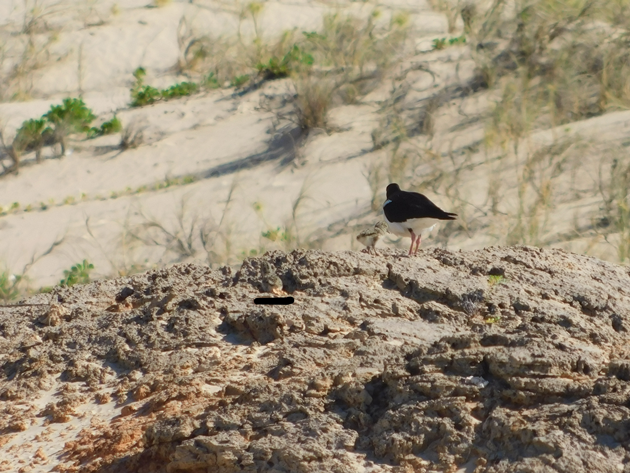
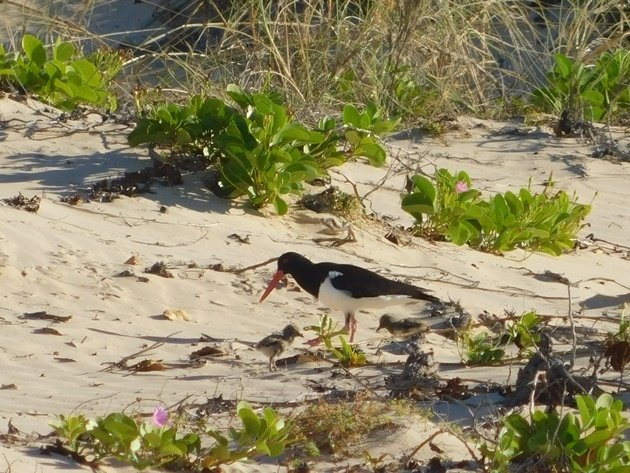
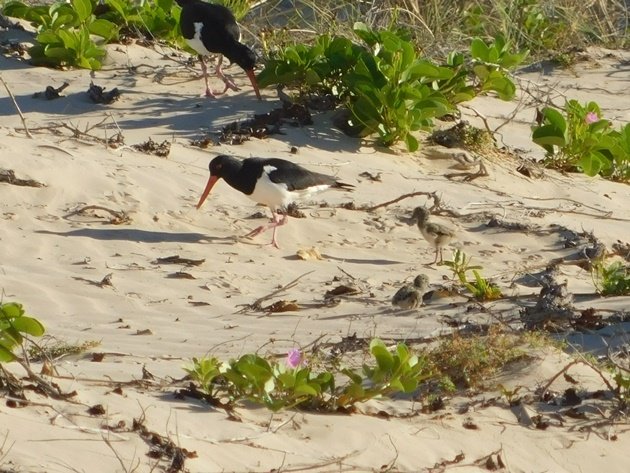
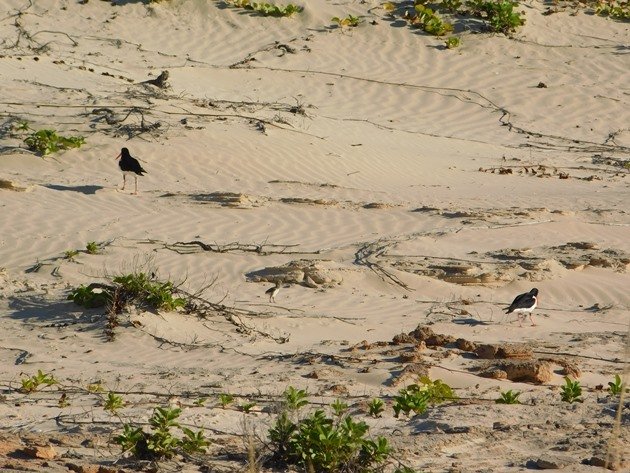
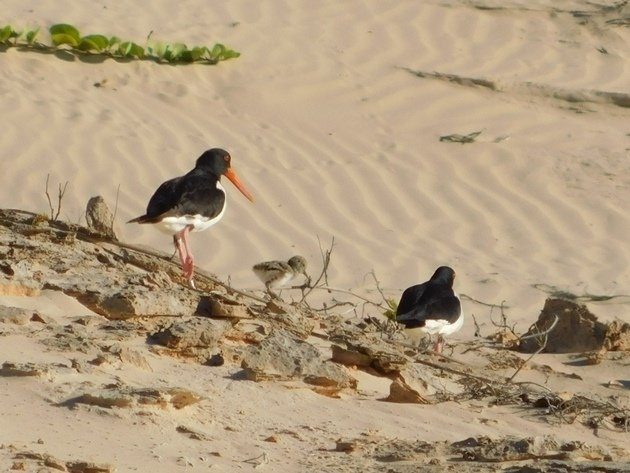
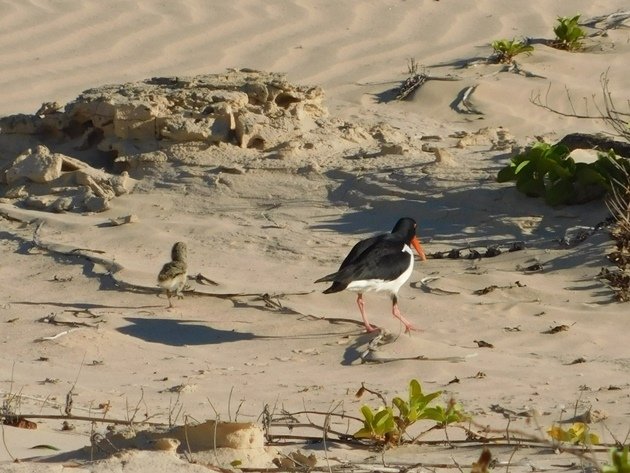
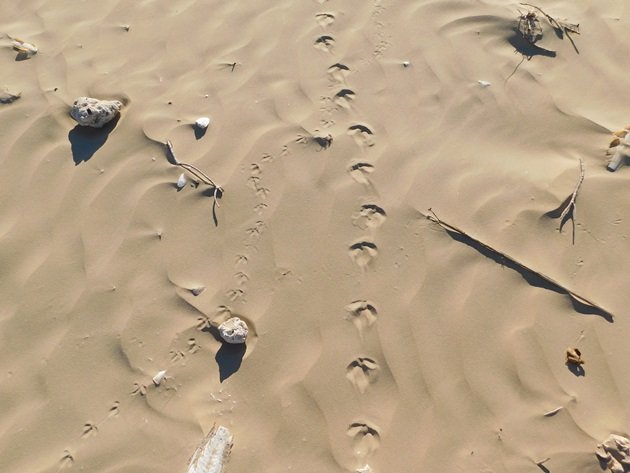
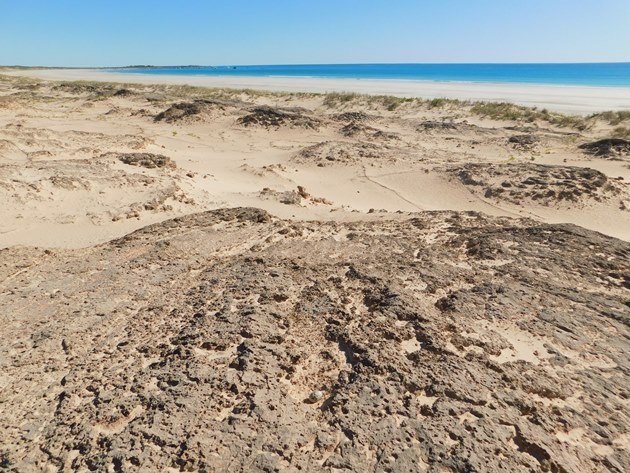
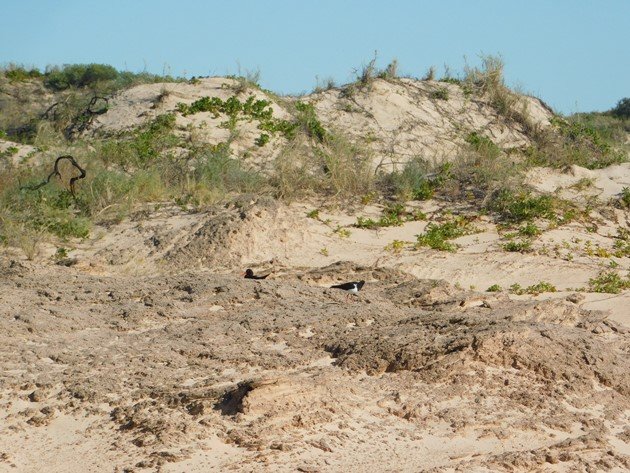



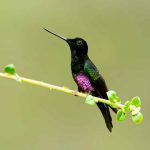
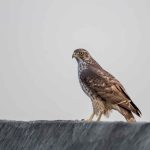

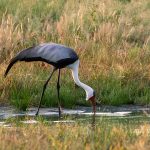

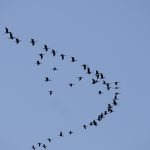
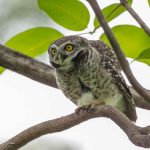
Leave a Comment